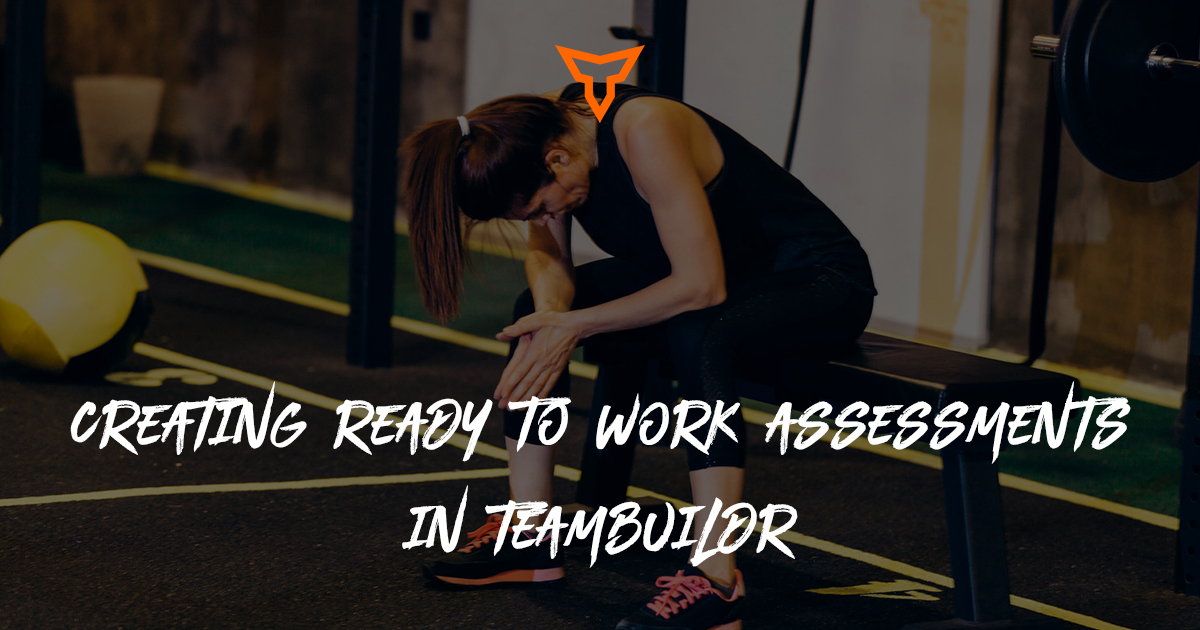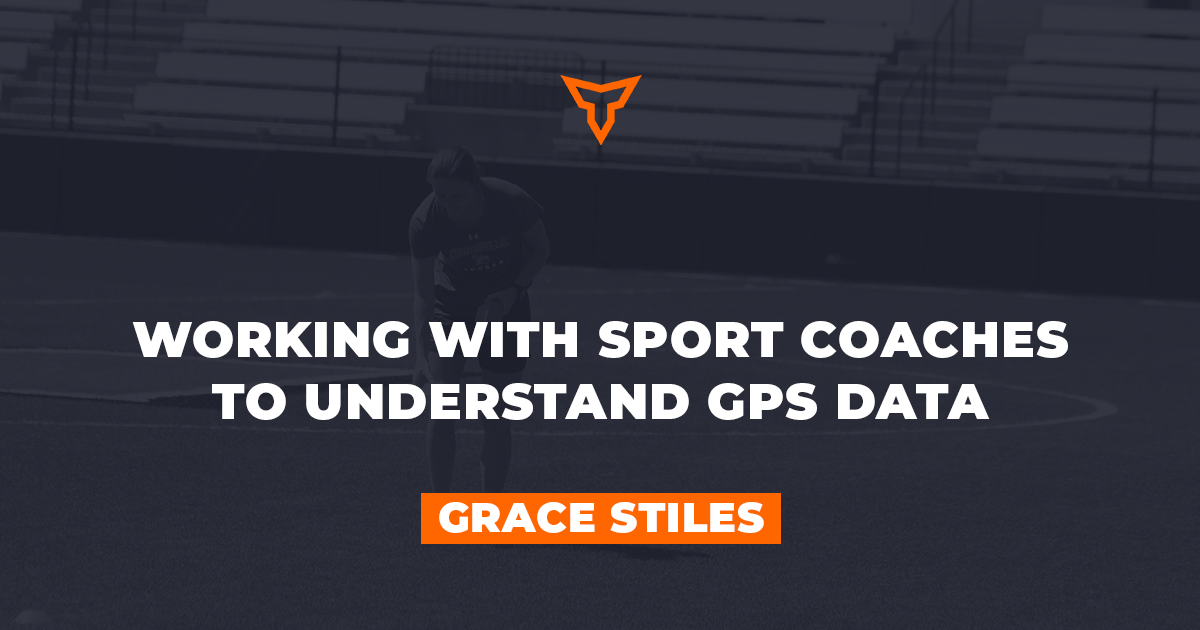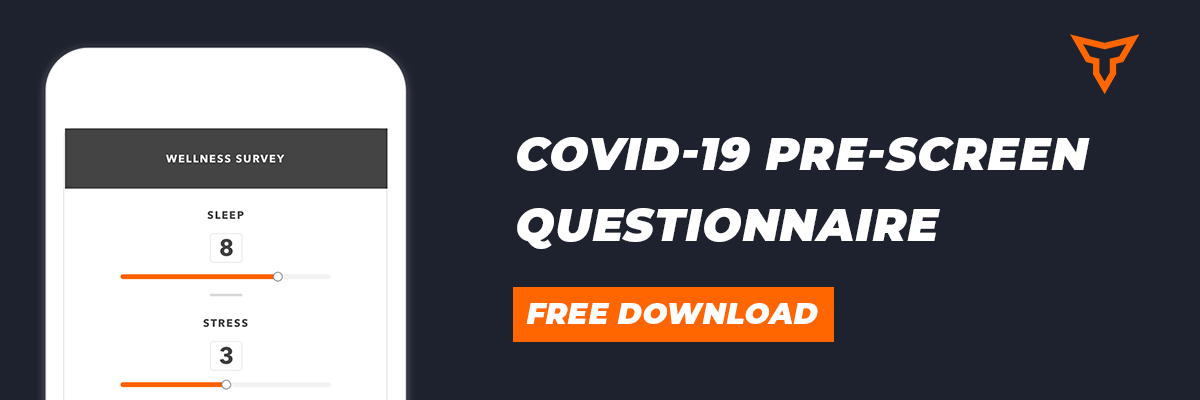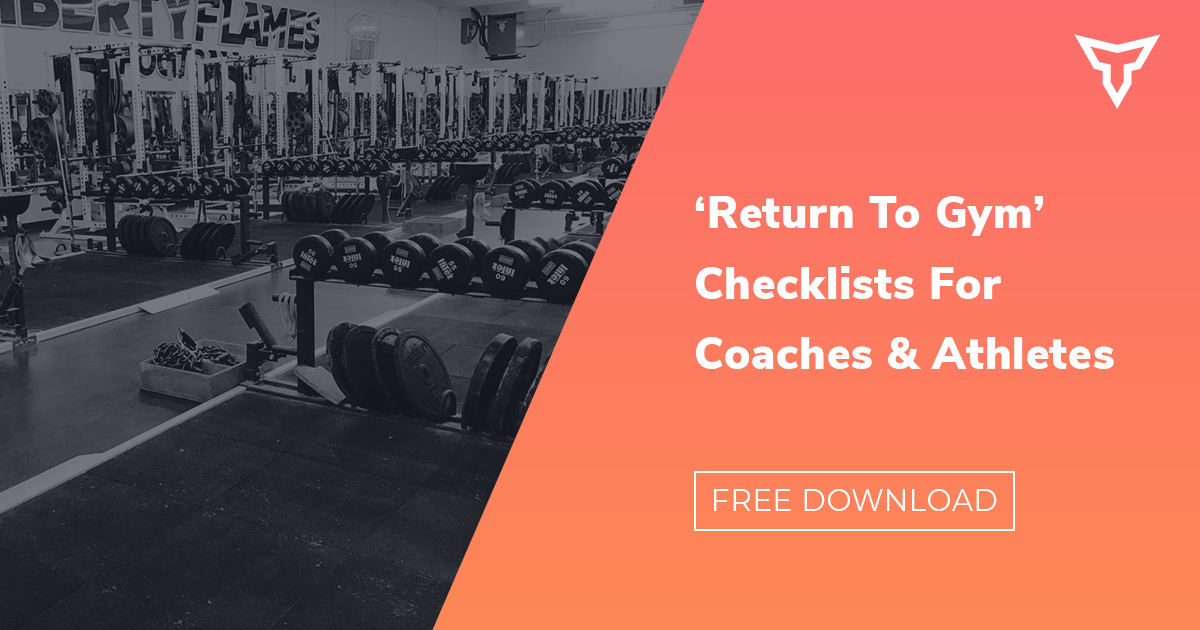As Strength Coaches, Personal Trainers, or Fitness Professionals we all want ways to monitor our athletes, or clients: especially now when we are in this unprecedented time. Everyone is having to make do with at-home workouts, using little to no equipment, or getting creative and using everyday household objects.
Programming the sets and reps is one part of the job, some would say the easy part, but another part is making sure that the workouts get done properly, which is harder since you’re not there to lead it. This raises the question, how can you monitor/ track your athlete while they are working out remotely? Wellness questionnaires are the route to go.
What are Wellness Questionnaires?
Athlete wellness questionnaires are a series of questions that allow you to track KPI’s (Key Performance Indicators) that pertain to you, your clients, and your situation. Make sure that with whatever KPI’s you decide to monitor they are consistent, repeatable, and reliable to make sure you get the best quality data. These questionnaires are extremely easy to create, and can provide you with great day to day, or week-to-week snapshots about where the individual is at physically and mentally. They are very practical and user-friendly.
What Can You Track?
Some examples of KPI’s to track are sleep quality, sleep duration, mood, RPE (Rate of perceived Exertion), fatigue, and stress. Realistically, you can track anything that you want to collect data on. You want to remember to make sure the questions on the questionnaire are easy to understand, and straightforward to avoid confusion or guesswork by the individual using it.
You have gotten responses from the questionnaire. Now what?
Now that you have data it is time to interpret it and use what you have learned. Looking at the data can be overwhelming sometimes, especially if you work with a large group or team. You will want a way to sort your data or look at only select KPI’s to make the data more manageable. Sorting the data or only looking at select KPI’s can help you notice someone that might be having a bad day or week and you can reach out to connect with them right away to get them back on track.
Make sure to give feedback to everyone, no matter how they scored. Giving feedback is a way you can help them understand the process/purpose of the questionnaire, build buy-in (accountability/trust), and to show correlation between different KPI’s. For example, having poor sleep quality and duration could be the reason for them feeling fatigued, or having a poor emotional response.
Moving Forward
Now that you have a way to monitor your athletes or clients, there are a few things to remember:
- Make sure to constantly evaluate your questionnaire and responses. Do not be afraid to make changes if you are not getting the feedback you are looking for.
- Keep the communication between yourself and the individuals open and honest. Using the feedback is a great way to start conversations and to help them apply their results to their situation.
- Consistency to administering the questionnaire and commitment to analyzing the responses will keep the individuals engaged and provide the necessary feedback to keep them on track.
Hopefully you can see the benefits of athlete wellness questionnaires and how they can benefit your athletes or clients especially during this unprecedented time. They are a highly effective tool to have at your disposal going forward. Keep in mind that using questionnaires can help you build better relationships and reach out to those individuals that might be struggling during this time.
Good luck going forward!
Subscribe to our blog
Subscribe to receive the latest blog posts to your inbox every week.
Related posts

Using TeamBuildr to Create a Ready to Work Assessment

Working with Sport Coaches to Understand GPS Data


